Pierre Mouette is a two-time entrepreneur that was born in Paris, met the co-founder of his current firm in Hong Kong, and is looking to get his line of smart sportswear manufactured in Shenzhen.
Now he lives in Hong Kong Special Administrative Region (SAR) and operates his business, Clim8, out of Cyberport, a multi-facility business complex that serves as an incubator to about 1,300 tech startups. He’s registered five patents in Hong Kong, the first of which the government paid about 80 per cent of the costs to register, and calls the city home.
“It takes five minutes to open up a company here,” he says. “You can’t do that in Shenzhen.”

A member of Cyberport’s incubation program, he gets free office space in the complex on the south-west perimeter of the island for two years. “That was huge,” he says. Plus he has about $50,000 (that’s CAD, which is HK $300,000) to spend on product development and certification.
Mouette isn’t an unusual story at Cyberport. About one-third of the entrepreneurs are from foreign countries (including Canada, which Cyberport says is represented in 39 of its companies). The facility has seen a major injection of funding over the past two years, and has major expansion plans ahead of it. Plus it’s already proven it can create unicorns – startups with a valuation over $1 billion USD.
Hong Kong isn’t meeting Toronto’s scale in terms of the sheer number of startups. An InvestHK 2018 startup survey estimated there are 2,625 startups in the city state. By comparison, a 2016 estimate from TechToronto ranged as high as 4,100 active startups in Canada’s largest city and surrounding region, and it’s almost certainly grown since then. But Hong Kong has been far more successful at creating unicorns over the past several years than Toronto – or even all of Canada. As the Impact Centre’s Narwhal report shows, Canada has only created one sole unicorn since 2015 in Waterloo, Ont.-based Kik Interactive. Hong Kong has managed to create at least eight unicorns in that same period of time:
If the cities were playing baseball instead of building innovation ecosystems, then Toronto would be getting a lot of base hits, while Hong Kong is hitting home runs.
A world apart, Hong Kong and Toronto have a lot in common. A shared history with the British Empire (granted, Canada’s being more congenial), a similar population size (considering the entire region around Toronto-Waterloo), an economy dominated to small-to-mid-size enterprises, and a shared border with a looming giant that threatens a brain-drain effect with the lure of higher salaries. So with all that in common, why is the startup unicorn becoming a common sighting amidst the mountains of Hong Kong, while in the plains and forests of Canada it’s beginning to seem almost as mythical as the Sasquatch?
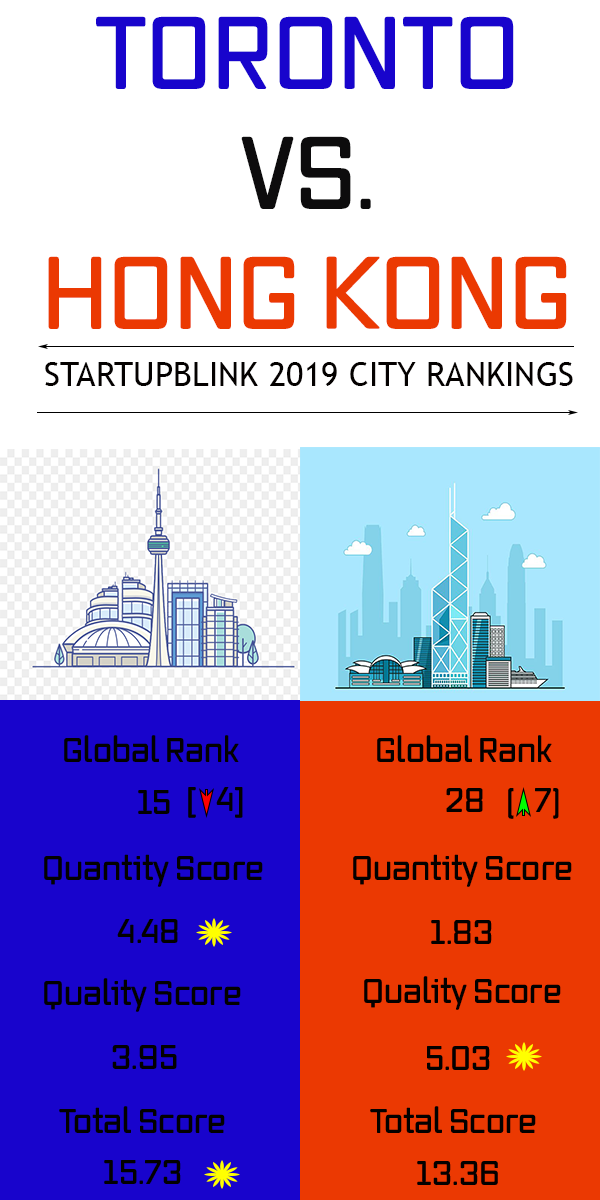
The answer may lie in a concerted government-driven effort to funnel startups from the “good idea” phase through the various seed-funding scale-up rounds required to launch a competitive technology-based firm. A network of organizations take a direct hand in developing and magnifying the efforts of entrepreneurs in a way that’s so intentional that it’s rare to come across a startup in Hong Kong not connected to those institutions. All the while, Hong Kong is smart in its brand strategy that it’s projecting out into the world – its open capitalist system clearly different from communist China, yet integrated enough that it serves as the perfect place to access an enormous and still emerging market.
Hong Kong’s ecosystem for raising unicorns looks familiar to the one created in Canada through a combination of government and private-sector initiatives. The difference lies in the focus of intent to foster company development at different stages of scale.
Planting the unicorn seed: Hong Kong Productivity Council
For what little land space Hong Kong has on Victoria Harbour, squeezed into the southwest rim of China’s edge, most of it is taken up by mountains. As a result, there are no garages for aspiring startup founders to tinker away in, explains Edmond Lai, the chief digital officer at Hong Kong Productivity Council (HKPC).
“When university students have an idea, they can try and squeeze into their own home to work, but that won’t be effective,” he says. “They can go to commercial space, but they will have to pay for that. So that’s why we have InnoSpace here.”
So the 52-year-old institution in the heart of Kowloon provides part of its multi-functional facilities to fledgeling startups for free.
“The more you can help these pre-startups to formulate their ideas, the more likely they can move to the next stage,” Lai says. “We just try to encourage as many pre-startup people to come here and we nurture them.”
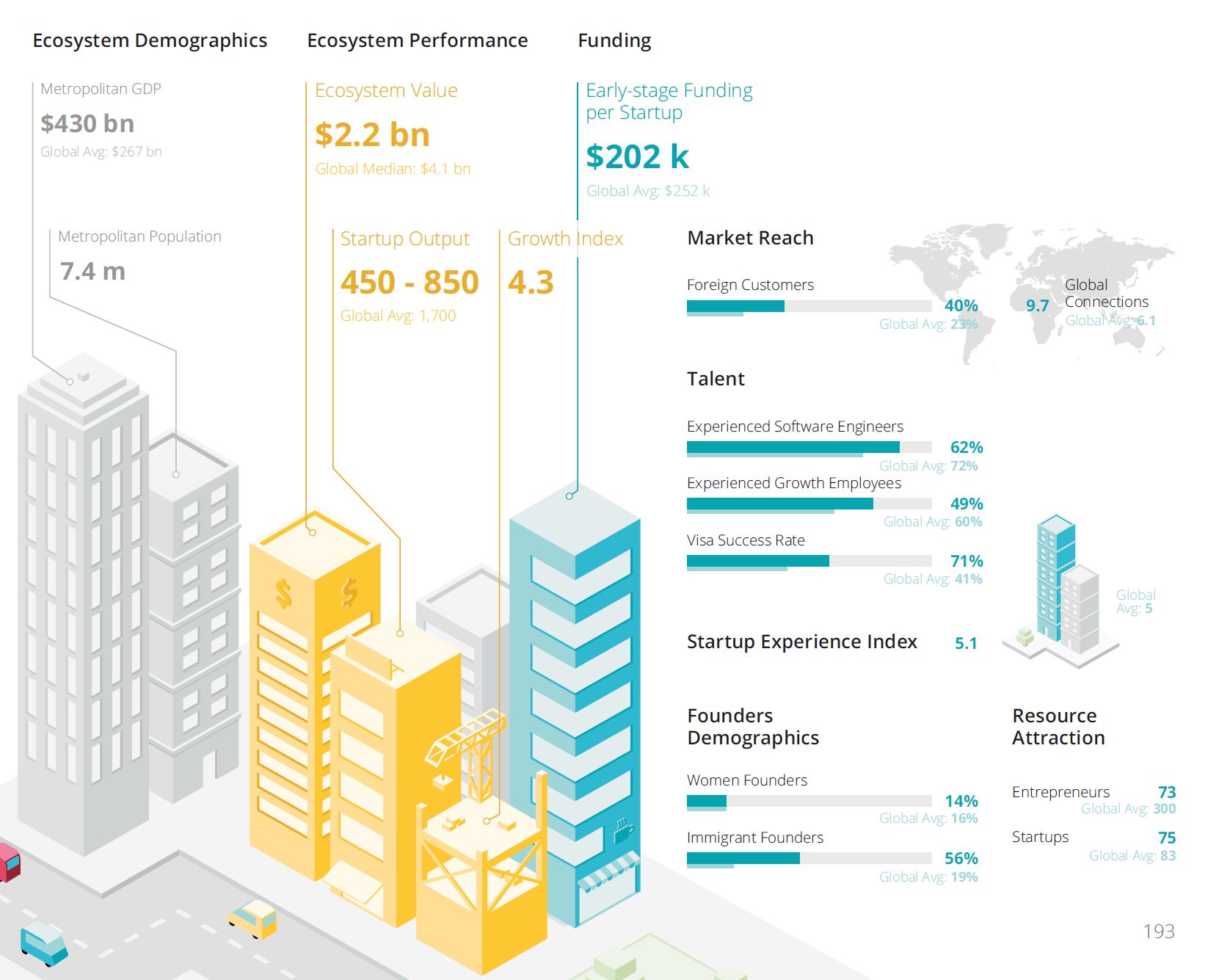

Hong Kong has the right conditions for talent to flourish. Its universities rank among the best in the world for most-cited research papers, and its acceptance rate for scientific journals is even better. Yet, like Canada it finds bottlenecks lie in commercializing that research. Because most firms in Hong Kong are SMEs, private R&D budgets aren’t generous. Instead of creating their own intellectual property, many firms use an original equipment manufacturer (OEM) approach, licencing the IP of others.
To fill that gap, the government has stepped in and directed HKPC to identify what concentrated R&D efforts could help entire sectors. The institution receives 30 per cent of its budget from the Hong Kong Special Administrative Region (SAR) up front. It fills in the other 70 per cent in part by charging fees for the services it provides to enterprises, but also receives additional grants from the government for specific R&D projects that also receive investment-matching from the private sector. HKPC’s performance is measured based on a variety of indicators; including patents created, consultancy projects conducted, seminars given, number of paying attendees at training workshops, and so on.
“We look ahead of the technology curve and commercialize technology that will mature in a few years time,” Lai says. “It’s one reason that Hong Kong enterprises are still competitive in the manufacturing sector, even compared to mainland enterprises.”
With China’s massive market so close, Hong Kong sees some of its most talented people head north, lured by the prospect of higher salaries and cutting-edge firms developing technologies like artificial intelligence. To compel more local talent to stay, as well as international talent to come from abroad, the strategy is not to compete on salary, but to sell Hong Kong as an international hub that’s an attractive place to host a business.
“We’re still the most international city in Asia,” Lai says, parroting Hong Kong’s tourism slogan. It has merit, with 35 per cent of its entrepreneurs coming from overseas. Its separate legal system and autonomous government allow it to maintain an open market in contrast to the communist approach of mainland China.
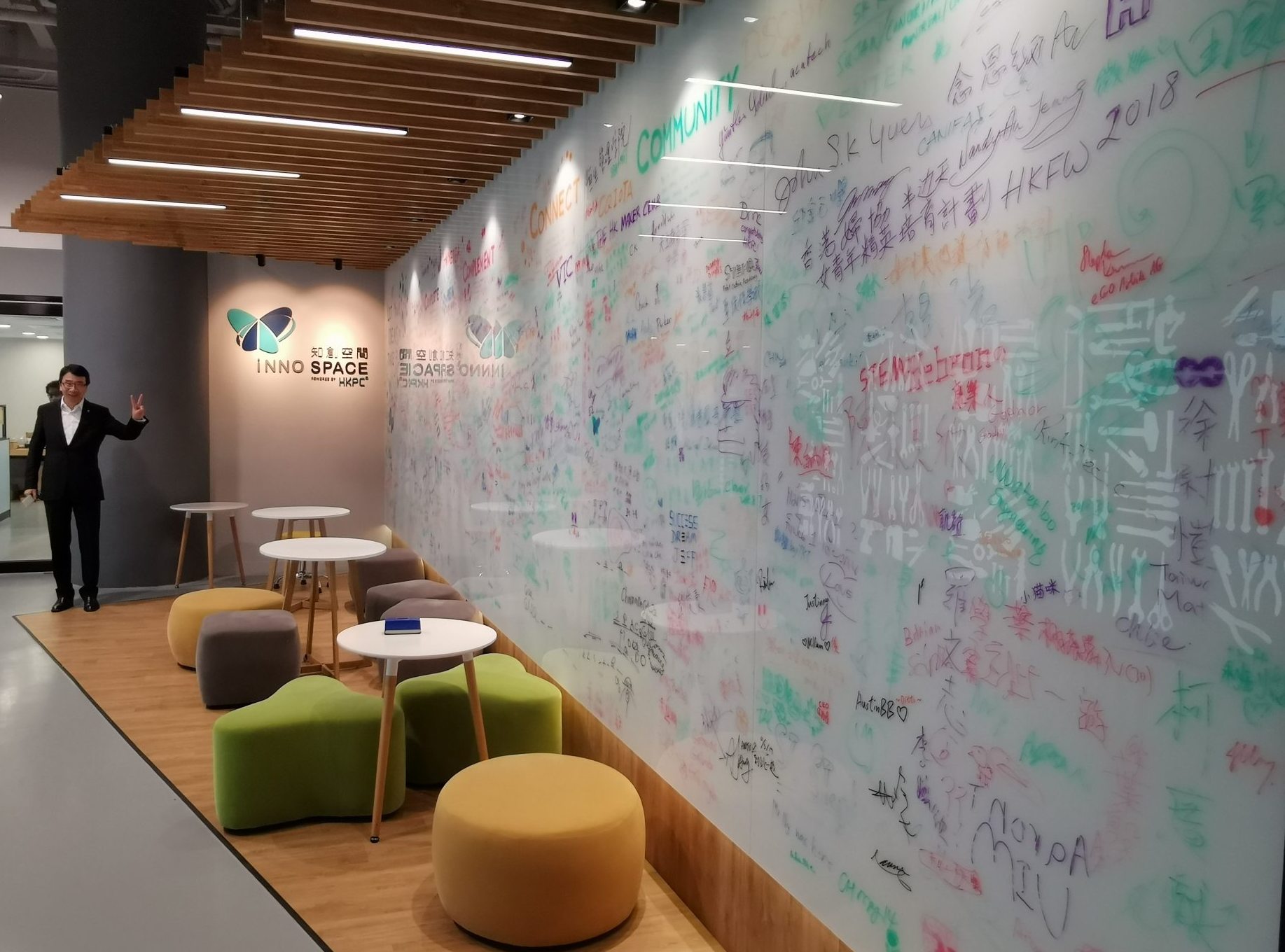
When aspiring entrepreneurs can’t access the right talent despite that approach, they can turn to InnoSpace. Not only does HKPC offer a suitable garage replacement, but 40 per cent of its staff also hold Masters or PhD degrees. Its facilities are full of industrial-sized 3D printers and other tools to help build prototypes.
As a demonstration of its hardware prototyping prowess, HKPC recently created a milk-tea making robot. Milk tea is a tradition in Hong Kong, and masters of the craft are hailed for their ability to mix the perfect combination of flavour and texture for the beverage. Yet HKPC’s researchers were able to create a mathematical model so robot arms could mix the tea with exceptional results, winning a gold medal at the Geneva Awards for the effort.
“We did a blind taste test and our robot actually beat the masters,” Lai says. “We wanted to show people the true capability of AI and robotics, to open up their eyes.”
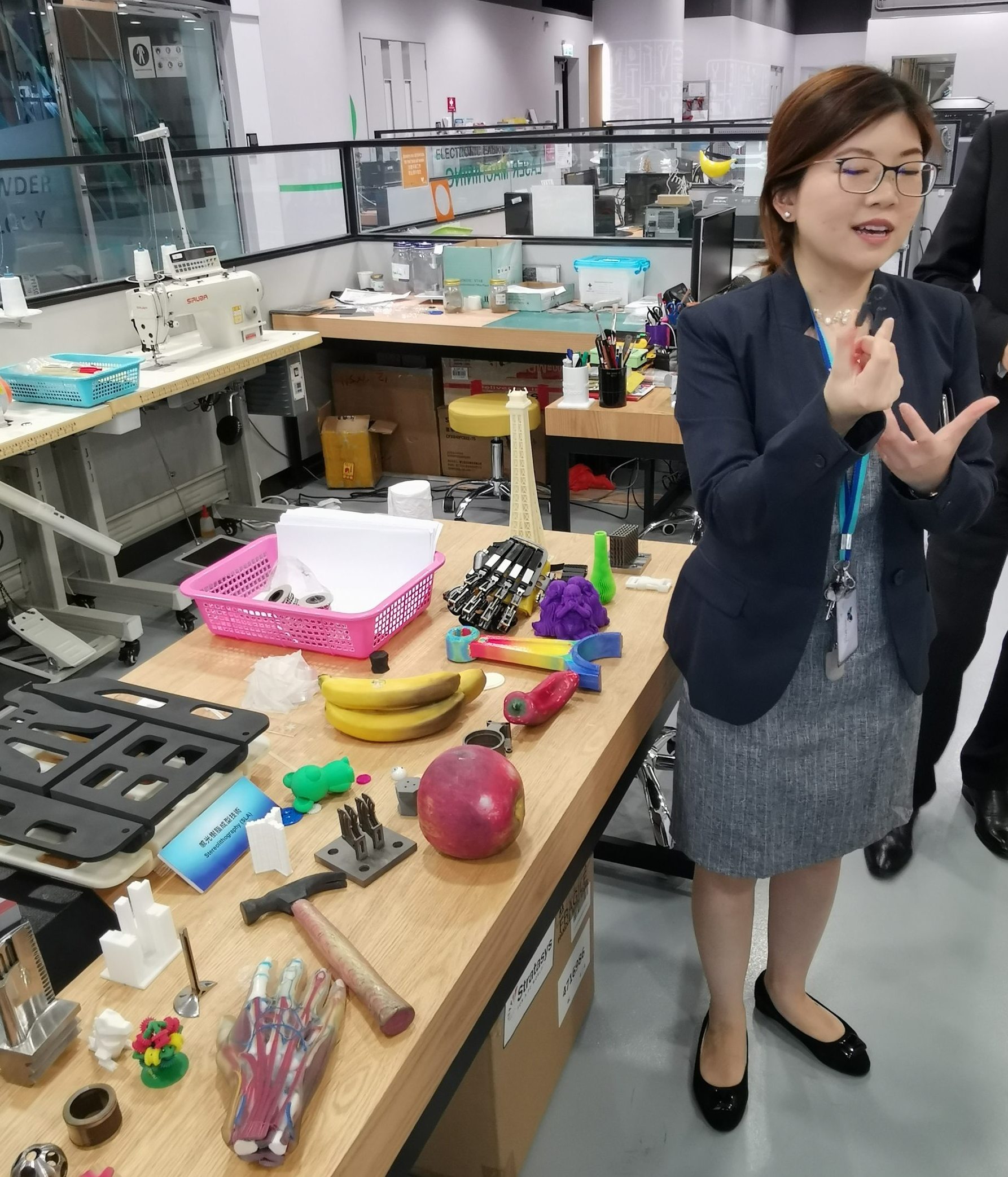
Much of the research at HKPC leads to innovations in manufacturing. Even though Hong Kong doesn’t have that industry locally, the companies that are headquartered there can still make use of new techniques to improve operations at their factories in mainland China or elsewhere.
“Eventually the money comes back to Hong Kong, so it’s still helping us,” Lai says. When companies reach enterprise scale, they might return to HKPC and hire its consultants to solve R&D problems. But before for that comes the seed fundraising rounds, and for that entrepreneurs graduate from InnoSpace and move back across Victoria Harbour and into Cyberport.
Cyberport: fertilizing from seed to billion-dollar scale
Different Canadian cities vying for attention from venture capitalists have so often described themselves as “Silicon Valley North” that’s its become a cliché. Yet Hong Kong seems no different.
“The new strategy of Hong Kong is to become the Silicon Valley of the east,” says George Lam, the chairman of Cyberport, an incubator that’s focused on boosting startups’ success rates.
It’s not a glib comparison. Looking at it just from a geographic and market factors perspective, the SAR has more in common with California’s Bay Area than does Toronto, Vancouver, or Ottawa.
Silicon Valley succeeded because of its access to the U.S. market, the largest economy in the world, Lam says. Hong Kong is positioned in China’s Greater Bay Area, a region that was conceived by an economic development plan by mainland China. Composed of nine cities with a total population of 70 million people, the area is more than twice Canada’s population, densely packed into a landmass equivalent to Nova Scotia’s. The region already accounts for 37 per cent of China’s exports and 12 per cent of its gross domestic product. China is undertaking a series of major infrastructure projects to more closely connect the cities, including the world’s longest sea-crossing bridge that opened last year between Hong Kong and Macau. More bridges in the region are planned, as is a new high-speed rail link between Hong Kong island and Shenzhen.
“For international companies that come from outside of Hong Kong… they can use Cyberport as a springboard to the Greater Bay Area,” Lam says. “Hong Kong is a very open economy and that is one of our critical success factors. We need to be open-minded, we need to be inclusive.”
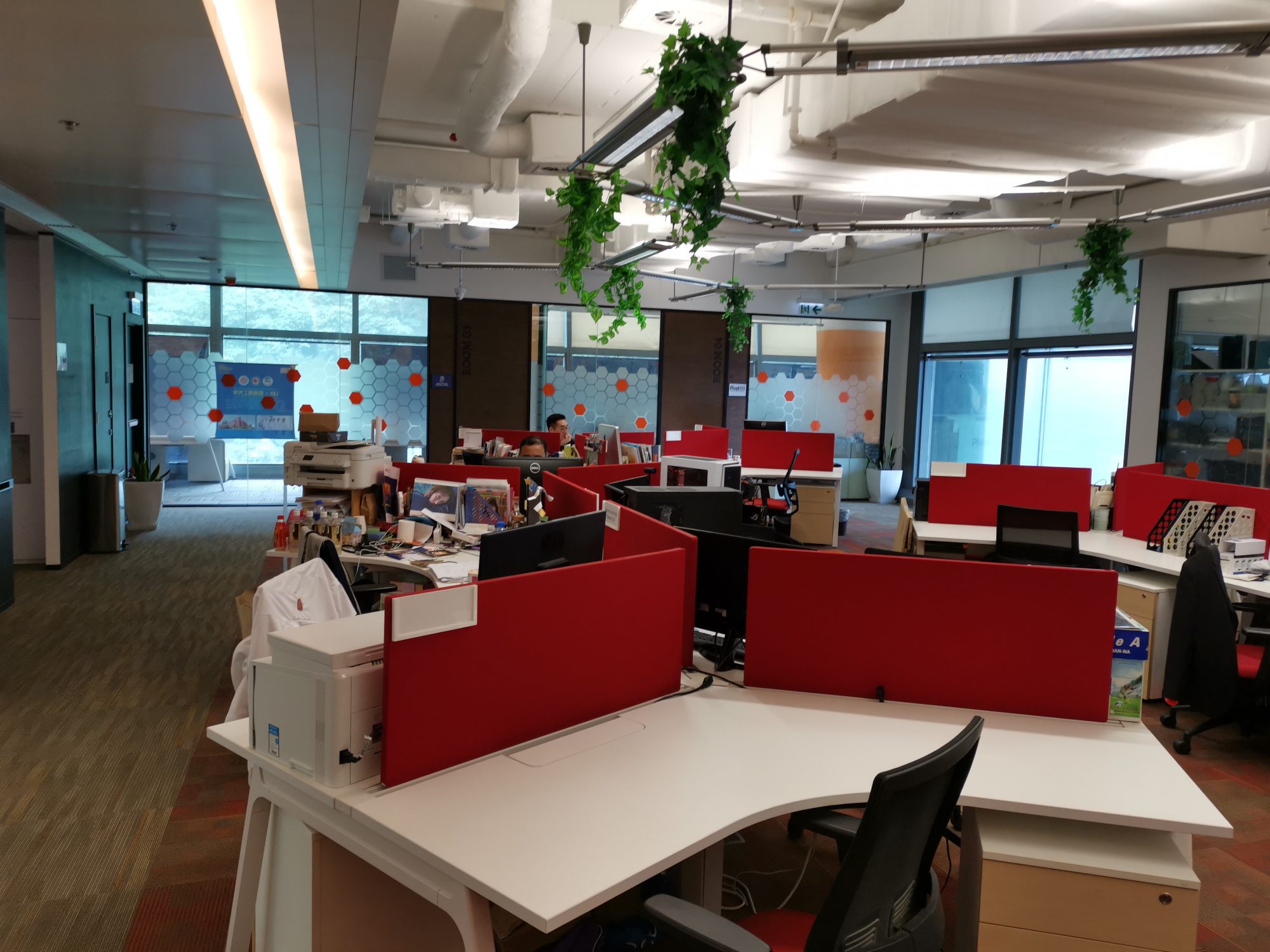
Already one-third of the companies at Cyberport are started by foreign founders, he estimates. It’s often the startups that have a mix of both local and international talent that achieve the most success.
“All of the unicorns are mixed teams,” Lam says. “In fact, I find it very difficult to find a successful team that has only local talent, because you need that enriching of the DNA. Our young people are very talented, but they will learn fast from the very best from around the world.”
Making it easy for international founders to move to Hong Kong and work with Cyberport is the SAR’s Tech Talent Entry Program. Similar to Canada’s Global Talent Stream Program that recently received long-term funding in the federal budget, it helps tech founders cut through red tape when acquiring a visa.
In just the past two years, four high-valuation firms (unicorn status or close to it) have interacted with Cyberport in some significant way. Here’s a look at the Crunchbase data on those firms:
- Klook (pronounced “K”-“Look”). Founded 2014 by Eric Fah and Ethan Lin. Asia’s largest in-destination travel services booking platform. Raised $521.5 million over six rounds.
- GoGoVan. Founded 2013 by Nick Tang, Reeve Kwan, and Steven Lam. An app-based platform providing delivery service for different countries in Asia. $276.5 million raised over six rounds.
- TNG FinTech Group / TNG Wallet. Founded 2012 by Alex Kong. An electronic wallet with secure, fast, and convenient e-payments and top-up functionalities. $115 million raised in Series A round in 2017.
- Bowtie. Founded 2018 by Fred Ngan and Michael Chan. Bowtie is an authorized virtual insurance company that meets the same high standards that customers and Insurance Authority expect of traditional insurers. Investors include Toronto-based Sun Life. Raised $30 million in Series A round.
Whereas Silicon Valley’s startup success rate is about one in 10, Cyberport’s teams have a much higher hit rate, Lam proclaims. The facility houses entrepreneurs and provides them with access to technology, as well as finding them early clients and investors.
“Entrepreneurship is not just about successes, it’s also about failures and standing back up,” Lam says. “So we need to help our alumni or those who didn’t get support for incubation. If they have strengthened their team, if they’ve changed the business model, or they come up with a crazy idea, we should look at them as well.”
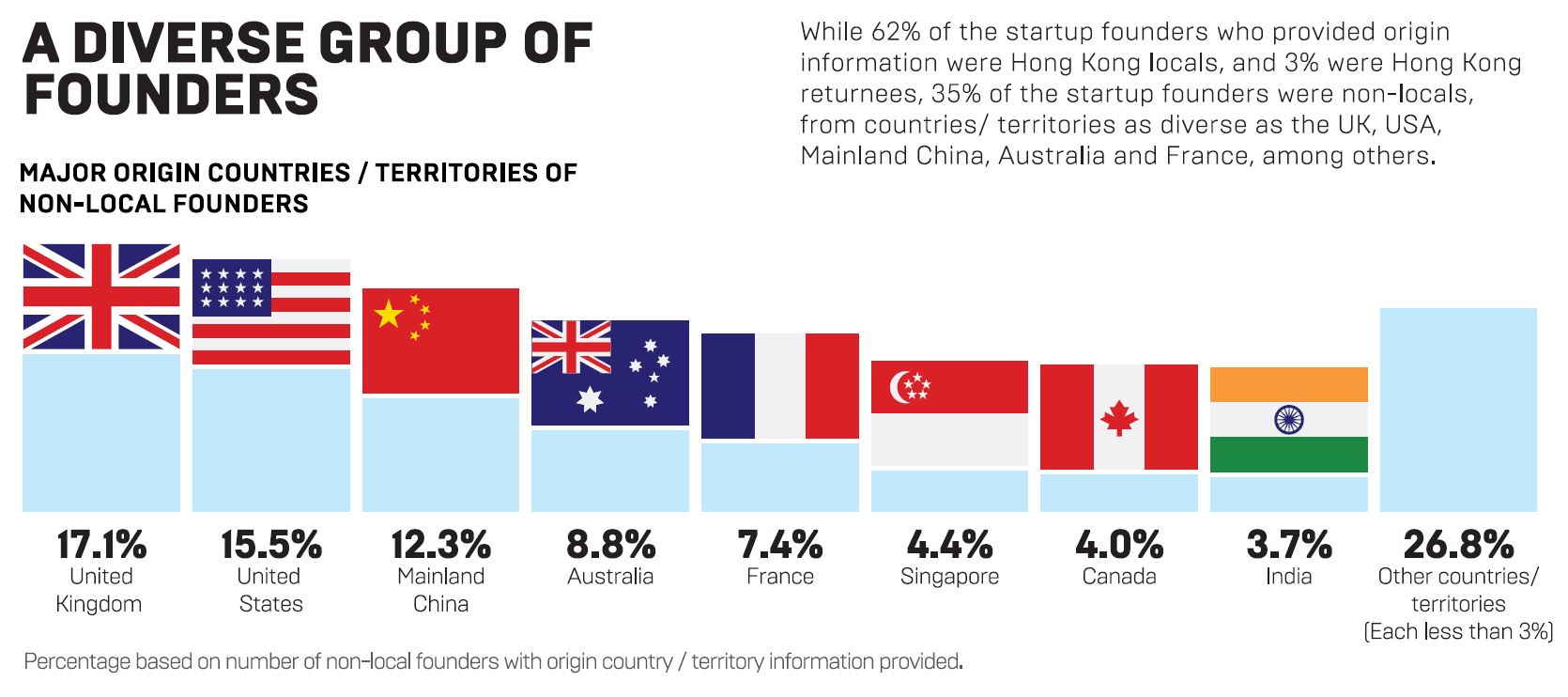
Hong Kong’s investment market is mature, with a well-developed financial district that is open to investing in tech firm initial public offerings. There’s also enough risk capital to go around in the early stages of a company. According to PwC MoneyTree China Telecommunications, Media and Technology report for the first half of 2018, Hong Kong is the world’s most popular place for an initial public offering (IPO). Hong Kong’s stock exchange, SEHK, introduced new rules on listings that succeeded in boosting interest from firms in mainland China.
The weak link, according to Lam, is around the Seed A fundraising stage, when a firm pushes to increase its market value by an order of magnitude, raising a large amount from investors in order to scale up operations. So to fill that gap, Cyberport offers a targeted fund.
“We complete the risk capital chain in Hong Kong,” Lam says. “Even if we have fertile ground, we need organic fertilizer.”
The incubator offers a range of funding programs that scaleup with its resident startups’ needs. Keep in mind HK$100 is about $17 CAD:
- Creative Micro Fund (seed funding) – HK$100,000
- Cyberport Incubation Programme (financial assistance) – HK$500,000
- Accelerator Support Programme (financial assistance) – HK$300,000
- Market Development Support Scheme (financial assistance) – HK$200,000
- Cyberport Macro Fund (co-investment fund) – Up to HK$20 million
Cyberport’s support for startups doesn’t stop at money. It also runs a number of partnership programs that provide firms with access to resources and talent they could never get working on their own. A technology network partners with tech giants including Microsoft, IBM, Lenovo, and Amazon Web Services, providing access to their technology platforms. The University Partner program brings in academic researchers from top institutions like nearby Hong Kong University.
And when it’s own funding programs end, Cyberport takes the next step, matching startups with companies in its Enterprises Network, such as Cathay Pacific. The flag carrier airline that bases its operations in Hong Kong partnered with Klook, for a promotion that gives Klook users access to discounts on attractions in the region if they book airline tickets through the service.
“Cyberport is very systematic in partnering all of these big enterprises in the traditional economy that welcome our startups to provide disruptive solutions to make their business better and help them with digital transformation,” Lam says.
Finally, the Cyberport Investors Network brings together experienced tech investors. It holds an annual Venture Capital Forum and tirelessly works to match willing investors with its startups. The matches go beyond just a financial relationship, with the investors that are often former entrepreneurs themselves taking an active hand in guiding the fledgeling firms.
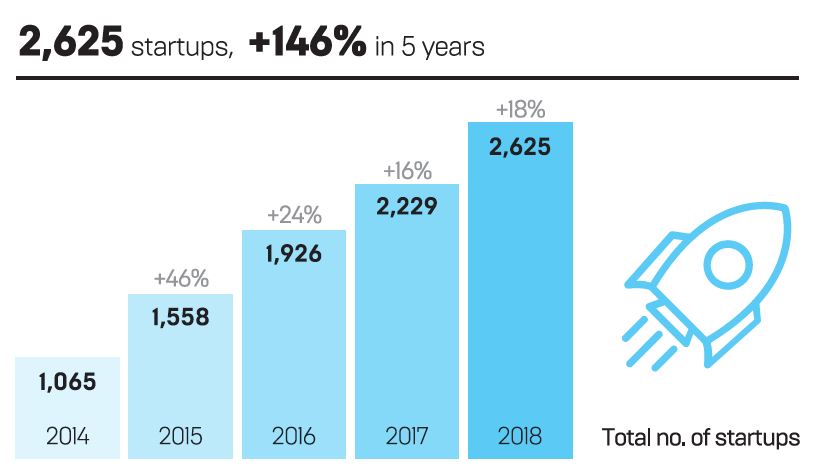
Compared to incubation efforts in Canada, Cyberport’s scale of operations seems impressive. But it’s slated to receive an HK$5.5 billion infusion from Hong Kong’s government, announced in the SAR’s most recent budget. That money will help build a new addition, with 6 million square feet of floor space.
As Carrie Lam Cheng, the chief executive of Hong Kong SAR, put it in her opening address at the Internet Economy Summit last week, “we’re seeing a growth of 18 per cent with the number of startups increasing, and we’re seeing more unicorns here. But we want more.”
Cyberport’s expansion is just one of the multi-billion dollar initiatives the government has planned to ramp up its startup strategy over the next three years.
Being the startup’s first customer
As part of a smart city plan, Hong Kong SAR has set up a Smart Government Innovation Lab and reformed its approach to procurement. The government now puts more emphasis on quality than on price, and awards technical marks to innovative suggestions. A new physical space that’s anticipated to open as soon as the end of April will provide a space for Cyberport firms to showcase their solutions to government departments.
“It’s an avenue for local companies to showcase their products,” says Victor Lam, the Government CIO for Hong Kong. His office is responsible for the new lab space, and it has a mandate to encourage government departments to consider buying from startups. That comes in the form of showcasing startups, then celebrating successful projects so other departments can see that working with startups doesn’t always mean taking on risk. “Once they see the solutions of other departments, they can try it for themselves.”
The success stories are also shared on the government’s intranet platform. Lam’s office asks government department leaders to share their pain points on the platform too, and then plays matchmaker to find the startup with a solution that might be able to help.
It’s just one of the many government efforts towards cultivating Hong Kong’s startup ecosystem. It’s an effort that combines hands-on interaction, many billions in new investment, and an integrated approach with mainland China. While Hong Kong is fond of describing its relationship with the mainland as a “one country, two systems” approach, the plan for the Greater Bay Area shows the economies are becoming more integrated.
Perhaps the project that best represents that is the Hong Kong/Shenzhen Innovation and Technology Park. A new innovation facility that’s a joint project of the two cities, under development in the Lok Ma Chau Loop, nestled in a bend of the Ng Tung River that marks the border. In Hong Kong, square footage is at an absolute premium, but this undeveloped zone will be transformed into 1.2 million square meters of new R&D facilities. It’s the largest innovation and technology platform project ever planned in Hong Kong and its development committee contains both Hong Kong and Shenzhen representatives.
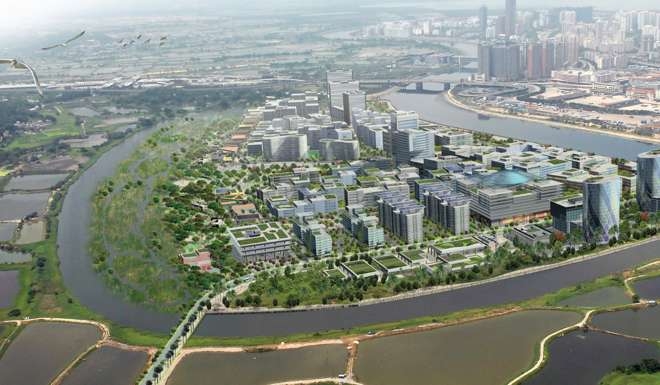
Why build it? “So we can accommodate more startups, more research organizations, and not just from Hong Kong but from mainland China and all over the world,” Lam says.
If the plan works, many more future startups may find themselves in the same shoes as Mouette, the Clim8 founder – a Hong Kong headquarters, manufacturing in the mainland, and a hometown anywhere in the world.





